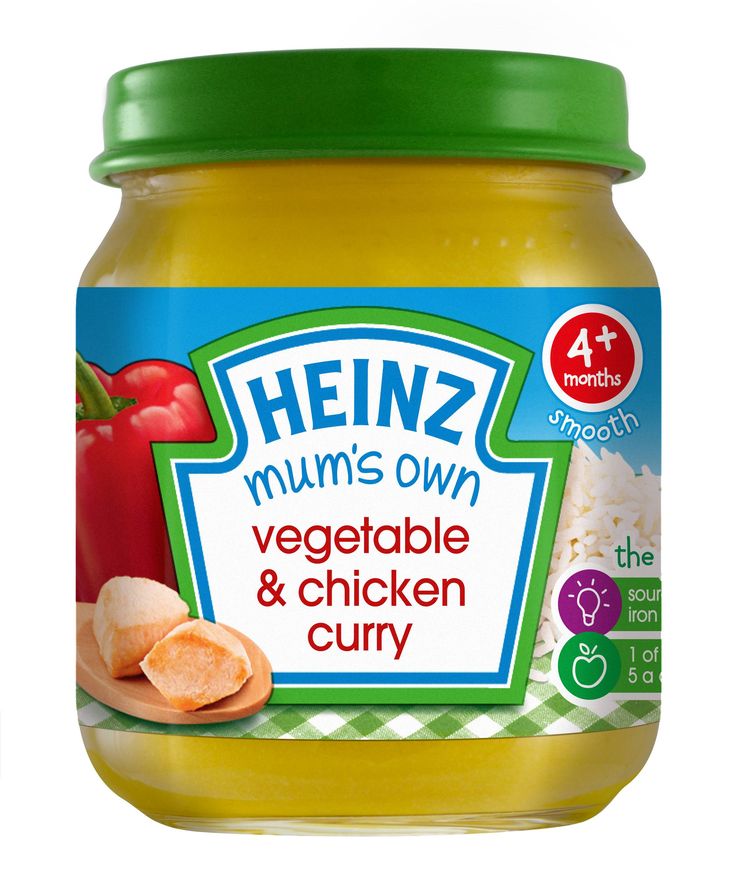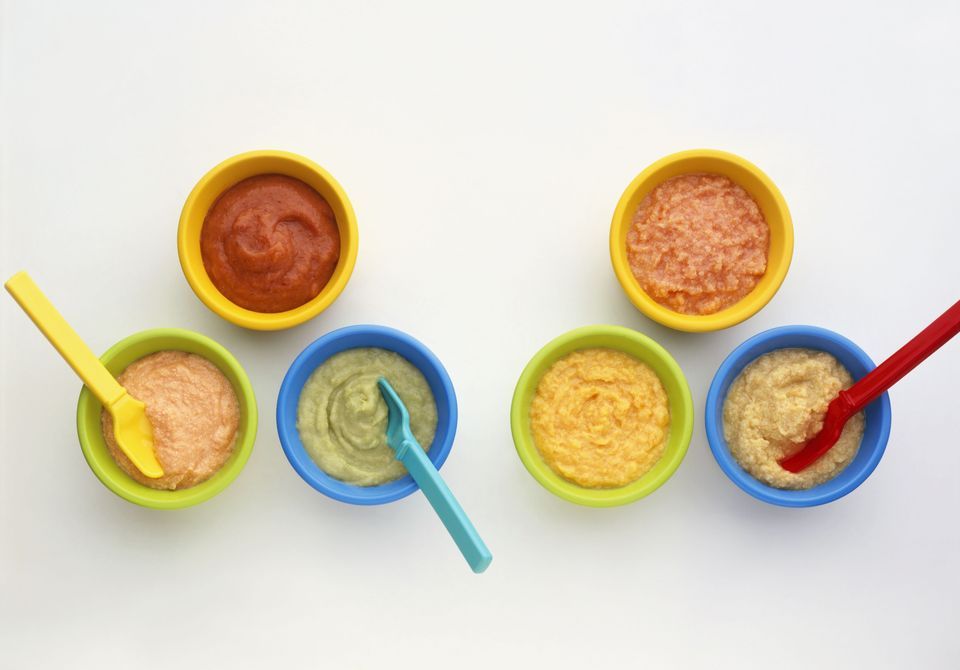Omega 3 foods for baby
Essential fatty acids in your child's diet
Essential fatty acids are crucial for children's good health and development. Read on to find out which essential fatty acids your child needs, which sources are the best, and how to avoid getting too little or too much.
Why essential fatty acids are important
Essential fatty acids, or EFAs, are types of fat that are essential in the diet because they can't be produced by the body. These fats help build cells, regulate the nervous system, strengthen the cardiovascular system, build immunity, and help the body absorb nutrients. EFAs are also vital for healthy brain function and vision.
Essential fatty acids include omega-6 (linoleic acid) and omega-3 (linolenic acid). Both are polyunsaturated fats that help lower cholesterol, reduce inflammation, and keep the heart healthy.
Most Americans consume a lot more omega-6 fats than omega-3 fats. Some experts maintain that an imbalance of omega-6 fats to omega-3 fats can impair immune and inflammatory responses in the body and may contribute to such illnesses as heart disease and type 2 diabetes.
Other experts and organizations, including the American Heart Association, say striving for balance isn't important. Instead, they simply recommend boosting the amount of omega-3 in your diet.
Types of omega-3
There are three main types of omega 3 fatty acids: alpha-linolenic acid (ALA), docosahexaenoic acid (DHA), and eicosapentaenoic acid (EPA).
Plant-based ALA is a fatty acid found in flaxseeds, walnuts, kale, and soybean oil. When consumed, the body partially converts ALA into DHA and EPA. (It's also found in some types of animal fat.)
Marine-based DHA and EPA can be found in fatty fish, including salmon, mackerel, sardines, rainbow trout, and herring.
Omega-3s contribute to health in different ways. For example, DHA is critical to brain and eye development. This is why infant formula is fortified with DHA and why pregnant and breastfeeding women are encouraged to get DHA in their diet, either from a food source or a supplement.
Experts say both vegetable and fish omega-3s are good for your health, but no one knows for sure if ALA has all the health benefits associated with DHA and EPA. Since plant-based omega-3 only partially converts to DHA and EPA, consuming fatty fish like salmon is important.
To make the most of all the health benefits of omega-3s, experts say to get both plant- and marine-based omega-3s.
Omega-6 and omega-3: How much does my child need?
Ages 1 to 3 years:
- 7,000 milligrams (mg), or 7 grams, of omega-6 daily
- 700 mg, or 0.7 grams, of omega-3 daily
Ages 4 to 8 years:
- 10,000 mg, or 10 grams, of omega-6 daily
- 900 mg, or 0.9 grams, of omega-3 daily
Omega-6 fats are usually plentiful in the diet, and it's likely you only need to focus on making sure your child is getting adequate omega-3s. (Many omega-6 fats come from processed foods that contain oils such as soybean oil.)
Your child doesn't have to get enough essential fatty acids every day. Instead, aim to get the recommended amount as an average over the course of a few days or a week.
Instead, aim to get the recommended amount as an average over the course of a few days or a week.
The best sources of essential fatty acids
Good sources of omega-3s include:
- 1 teaspoon flaxseed oil: 2,395 mg (not recommended for cooking but good for dressings)
- 1 tablespoon flax seeds, ground: 1,597 mg
- 1/4 cup English walnuts: 2,293 mg
- 1 tablespoon fortified peanut butter: 4,950 mg
- 1 teaspoon walnut oil: 466 mg
- 1 teaspoon wheat germ oil: 310 mg
- 1 teaspoon soybean oil: 300 mg
- 1 teaspoon canola oil: 411 mg
- 1 fortified egg: 100 mg
- 4 ounces tofu: 300 mg
- 1 ounce salmon: 425 mg
- 1/2 cup soybeans (dried, cooked): 500 mg
- 1/2 cup cooked kale: 100 mg
Look for foods that have been fortified with omega-3s, such as peanut butter, milk, yogurt, orange juice, margarine, and eggs. The omega-3 content will vary with the brand, so read the label. You'll find fortified eggs containing 100 to 200 mg or more omega-3 fatty acids, for example.
Kids may eat more or less than the amounts shown, given their age and appetite. Estimate the nutrient content accordingly.
Most of us get more than enough omega-6 (primarily from vegetable oils). Choosing fats that are rich in omega-3 ensures your child gets enough of that, too. Just a teaspoon of canola oil, for instance, contains about half the omega-3s most children need in a day.
(Note: Nuts and seeds are not appropriate for very small children because they pose a choking hazard. For the same reason, nut butters should be spread thinly.)
Your child will most likely get all the omega-6 fats he needs from processed foods that contain safflower, sunflower, corn, and soybean oils:
- 1 teaspoon safflower oil: 3,360 mg
- 1 teaspoon sunflower oil: 2,966 mg
- 1 teaspoon corn oil: 2,400 mg
- 1 teaspoon soybean oil: 2,300 mg
Can your child get too much essential fatty acids?
No, your child can't get too much of either of the essential fatty acids – but he can get too much fat in his overall diet. As a general rule, choose mostly fats rich in omega-3 and avoid trans fats and saturated fats.
As a general rule, choose mostly fats rich in omega-3 and avoid trans fats and saturated fats.
Trans fats – often identified on labels as "partially hydrogenated oils" – are found in many fried foods (like french fries), baked goods (like cookies, pastries, pizza dough), and stick margarines and shortenings. They're also found in some dairy products and meats.
Trans fats raise LDL ("bad") cholesterol and lower HDL ("good") cholesterol. They also increase the risk of developing heart disease, stroke, and type 2 diabetes.
Saturated fats come mostly from animal sources like meat and dairy – fatty meats, lard, cream, butter, and cheese – and are usually solid at room temperature. They're also found in baked and fried foods and some plant foods, like palm oil, palm kernel oil, and coconut oil.
To learn more see ten other important nutrients for children and how to avoid mercury in fish.
Omega-3 Fatty Acids in Your Babies Diet
I was a bit skeptical when I heard that kids from 6 months on should be taking an additional supplement filled with Omega-3 fatty acids. I mean really? I can barely remember to take my supplements and now I have to remember to force some sort of supplement into my kid.
I mean really? I can barely remember to take my supplements and now I have to remember to force some sort of supplement into my kid.
Seems like a lot of work.
Was it even worth it?
Or was this just some fad diet for babies?
So I do what I always do when faced with something that I want to know more about, I lay in bed for hours in the middle of the night thinking about it before I just get up and do some research. Sitting at my computer in my pajamas, this is what I found out.
YES!! Your little one needs Omega-3 just as much as they need calcium to build strong and healthy bones. The difference is that Omega-3 is a good fat that helps develop the brain, eye and nervous system. Studies have shown that children with enough Omega-3 with DHA are better at reading, have a better short and long term memory, fewer behavior problems, less anxiety, less hyperactivity in boys and less aggression in girls. When DHA is not adequate in early childhood there can be emotional and intellectual developmental problems.
The key is that you need to give them a Omega-3 with both DHA (docosahexaenoic acid) and EPA (eicosapentaenoic acid) together. Through some magical and very complex process, that I will never understand, these two work together to maximize the benefits of the DHA.
How to get Omega-3s with DHA and EPA:- Fish – feeding your little one fish 2 times a week will be enough to get the recommended amount of Omega-3s with DHA/EPA. Stick to high quality and low-mercury sources of seafood like salmon, trout, halibut, light canned tuna and cod. For babies still on purees, this will be easy as you can puree any fish right into the purees you are already giving them. For toddlers, try making it a fun by making them a special fish taco, homemade fish sticks or fish mixed into pasta.
- Fish Oil Supplements – If your kiddo is not eating fish, I would recommend a good supplement that contains both DHA and EPA.
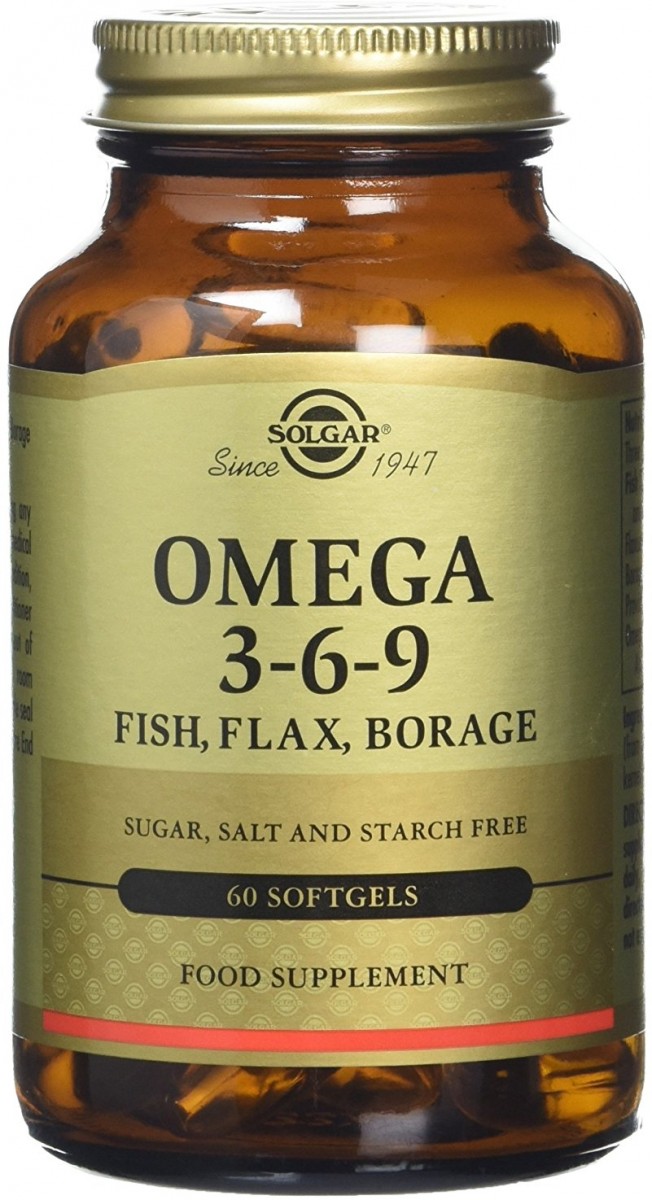 There are several different types of supplements at any natural food store that are geared towards kids – liquid flavored fish oil, gummies or liquid drops for babies. You will need to experiment to see what your little one likes best.
There are several different types of supplements at any natural food store that are geared towards kids – liquid flavored fish oil, gummies or liquid drops for babies. You will need to experiment to see what your little one likes best. - Seaweed – If you are raising your baby as a vegetarian or vegan, it is going to be a little tougher to get the necessary amounts of DHA and EPA for your baby. Seaweed is your only possible source that is not animal based. Look for concentrated supplements from seaweed that supply both DHA and EPA.
- Plant Based Omega-3 (flax, chia) are not useful because your body cannot efficiently use this kind of Omega-3, which is called ALA (alpha-linoleic acid). It does not contain any DHA and while your body can convert ALA to EPA, it is a slow, difficult, incomplete and complicated process.
I have seen so many different graphs and numbers of what different institutes and medical professional recommend, so I am giving you the low end of the scale.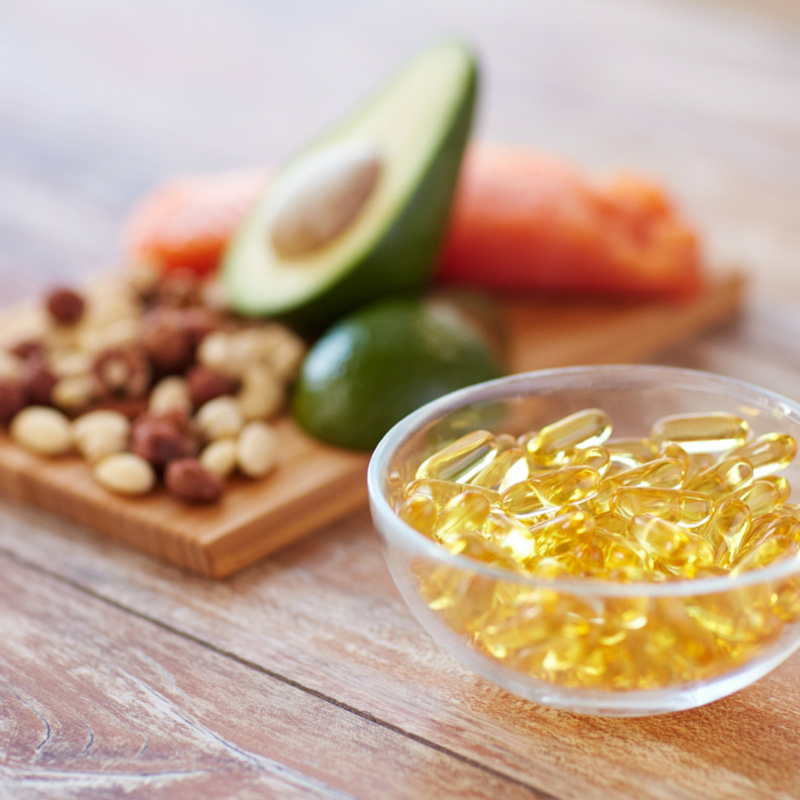 I have seen some that have doubled and even tripled these numbers. My advice, is to start at these numbers and go from there. During a good week, we try to do a blend of supplements and eating fish to maximize the benefits.
I have seen some that have doubled and even tripled these numbers. My advice, is to start at these numbers and go from there. During a good week, we try to do a blend of supplements and eating fish to maximize the benefits.
- Pregnant and breastfeeding moms – from 300-1000 mg per day of combined DHA and EPA.
- Infants from 6 to 24 months – Aim for 5 mg of DHA per pound per day of body weight
- Kids 2 to 4 – 150 mg per day
- Kids 4 to 6 – 200 mg per day.
- Kids 6 to 10 – 250 mg per day.
- 10 to adult – may take up to 1000 mg per day.
Children's Omega-3s: Benefits, Daily Values and Key Sources
During the period of active growth and development, the child should receive all the necessary nutrients and vitamins. Among them is Omega-3. But the diet of children is sometimes far from ideal - they do not receive enough useful components to grow up healthy and quickly adapt to increasing school loads. Let us analyze in detail how much Omega-3 a child needs and what to do if this norm is not respected?
Let us analyze in detail how much Omega-3 a child needs and what to do if this norm is not respected?
What is Omega-3?
Omega-3 belongs to the group of polyunsaturated fatty acids. There are many representatives of this family of substances, but the most important of them are alpha-linoleic, docosahexaenoic and eicosapentaenoic acids. They are involved in many processes occurring in the body - they are present in cell membranes and blood vessels, activate metabolic processes and ensure the functioning of internal organs.
Not all omega-3s are produced by the body. Many of them the child can only get with food, so the diet of the child is of great importance.
Daily norm of Omega-3 for children:
● up to a year — 0.5 g/day;
● 1-3 years - 0.7 g/day;
● 4-8 years - 1 g/day;
● 9-14 years - 1.2 g/day;
● 15-18 years - 1.6 g/day.
What happens if the baby gets enough Omega-3?
1. General immunity is strengthened. The child's body copes better with infections and viruses. This is important during the flu and cold season, as well as during the period when the baby goes to kindergarten and school.
General immunity is strengthened. The child's body copes better with infections and viruses. This is important during the flu and cold season, as well as during the period when the baby goes to kindergarten and school.
2. Polyunsaturated acids are present in the composition of the gray matter of the brain and are involved in the transmission of nerve impulses. With regular intake of Omega-3, the child becomes more attentive, his mental abilities increase.
3. It is believed that a sufficient amount of Omega-3 in a child's body is an effective prevention of attention deficit hyperactivity disorder. Fatty acids also help the child cope with anxiety and stress associated with increased mental stress.
4. Omega-3 fatty acids increase the production of tear fluid, which prevents the development of dry eye syndrome in those children who spend a lot of time at the computer. And at an early age, useful substances are involved in the formation of the visual analyzer. This is the prevention of poor vision in a child.
5. Omega-3 plays an important role in the proper formation of bones and teeth - acids regulate the level of phosphorus and calcium in the blood, and also increase the absorption of minerals in the intestines. It is important to ensure the intake of nutrients during the period of active growth of the child.
6. Polyunsaturated acids protect the child's cardiovascular system, helping to reduce the level of "bad" cholesterol in the blood. And this is important with an unbalanced diet.
7. Fatty acids are involved in the body's absorption of fat-soluble vitamins - E, A, D, K. They are important for the normal condition of hair, skin and nails.
Experts note that children with omega-3 deficiency have learning problems caused by distracted attention and hyperactivity, they have sleep disturbances, anxiety and irritability. Problems familiar, unfortunately, to many parents. And before you constantly scold the child for inattention and restlessness, you should think about how balanced his diet is. In some cases, children with omega-3 deficiency are also underweight.
In some cases, children with omega-3 deficiency are also underweight.
Food sources Omega-3
The body does not produce many of the omega-3 acids. But they can be obtained from food. Main sources:
● seafood and oily fish;
● mustard, chia and flaxseeds and oils based on them;
● meat of wild animals;
● algae;
● spinach.
Pediatricians insist that every child should eat fish at least 3 times a week. It is the main source of fatty acids. In this case, it is better to choose a fresh product, and not frozen. The higher the fat content of the fish, the more fatty acids it contains. Suitable salmon, mackerel, herring, anchovies, perch. You can also opt for canned fish - vegetable oil in the composition prevents the destruction of unsaturated fatty acids even during long-term storage of the product.
To maintain the “correct” level of Omega-3, it is also important that the child consumes enough vegetables and fruits, vegetable oils, leafy greens.
All of these are quite affordable products. That's just not every child has a love for the "right" food. Fish is one thing. But with algae and spinach, there will clearly be problems. Sometimes feeding your baby foods rich in omega-3s is a difficult task for parents.
What to do if the diet does not replenish the norm of Omega-3?
If it is not possible to normalize the child's menu for sufficient intake of unsaturated acids in his body, biologically active supplements can be included in the diet. The most popular is fish oil. Probably everyone has tried it at least once. Fish oil contains all the necessary polyunsaturated fatty acids and many other useful substances.
But remember how specific the taste and aroma of fish oil. It is unlikely that they will be able to feed the child. So we are looking for another way - an additive without such an unpleasant smell and taste so that the child does not understand that he is taking fish oil.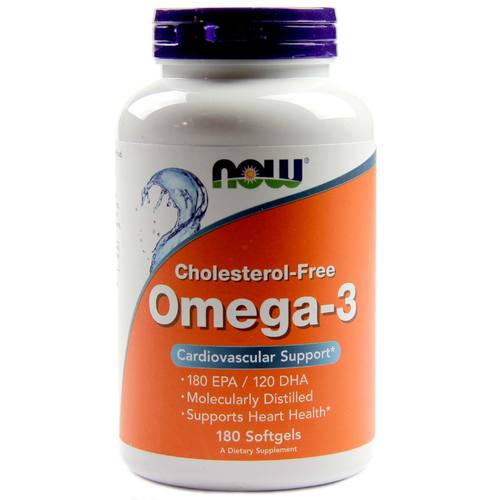
Mirrolla offers parents an easy solution to the problem - chewable capsules with the taste of tutti frutti "Cook la Cook".
An excellent option for those who do not know how to feed a child with healthy, but so unpleasant fish oil. There is nothing superfluous in the composition - only Omega-3 fatty acids (eicosapentaenoic and docosahexaenoic), vitamins A, E and D3.
The product itself is sourced from oceanic fish species, which are considered the most beneficial in terms of high content of Omega-3. One chewable Mirrolla capsule contains 105 mg of polyunsaturated fats. Children under 7 years old, taking 3 capsules a day, replenish about 20% of the daily requirement for Omega-3. And almost 100% of the daily intake of vitamins A, E and D3. An excellent addition to the diet, which will make the unbalanced menu of the child more useful.
Omega-3: what to add to the diet?
February 25, 2022
To maintain health, a person needs an extensive list of useful substances.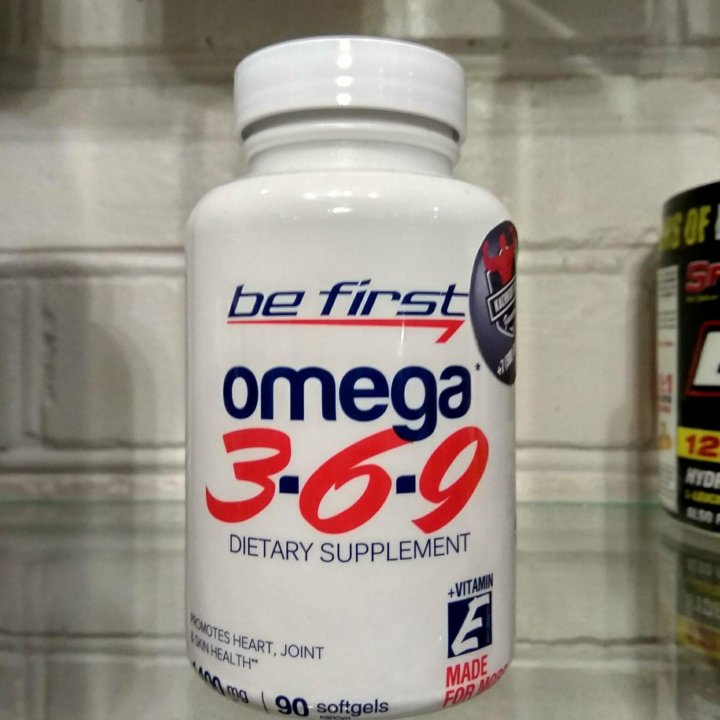 Some of them are synthesized by the body on its own, while others - we get with food, such substances are called irreplaceable.
Some of them are synthesized by the body on its own, while others - we get with food, such substances are called irreplaceable.
These include omega-3 polyunsaturated fatty acids. Why are they important to our health?
What is omega-3?
Omega-3 is the collective name for a group of fatty acids, among which the most valuable are: alpha-linolenic acid (ALA), eicosapentaenoic acid (EPA) and docosahexaenoic acid (DHA).
The first enters the body along with some plant products: oils, nuts, beans, etc. Once in the body, ALA is involved in the synthesis of two other acids, but this amount is not enough for the body. To get the required amount of EPA and DHA, you need to eat fish and seafood.
Health Benefits of Omega-3
Omega-3 acids are essential for many vital processes. First of all, it should be noted that without them, the formation of healthy cells is impossible, because they are a component of cell membranes. In addition, omega-3 fatty acids are essential for:
In addition, omega-3 fatty acids are essential for:
- strengthening the heart and blood vessels;
- normalization of blood pressure;
- correct development and functioning of the brain;
- normalization of cholesterol levels;
- reduce inflammation;
- eye health and maintenance of vision;
- strengthen the immune system;
- maintaining the health of the skeletal system and joints;
- skin, hair and nail beauty.
And this is not the whole list of useful properties of omega-3, which is why these fatty acids are indispensable for our body.
Top foods with omega-3
The list of foods containing omega-3 fatty acids is quite extensive, we suggest paying attention to the three foods richest in these substances. Be sure to add them to your diet.
1. Linseed oil
Flaxseed oil occupies one of the leading positions in the content of essential fatty acids, namely alpha-linolenic acid. In addition, this oil contains vitamins E and K, as well as omega-6 and omega-9 fatty acids.
In addition, this oil contains vitamins E and K, as well as omega-6 and omega-9 fatty acids.
When choosing oil, preference should be given to unrefined cold-pressed oils. Flaxseed oil should not be used for frying, it is great for making salads or cereals. It is recommended to store this oil in the refrigerator.
For variety, you can also add other oils rich in omega-3 to the diet: camelina, hemp, rapeseed, mustard, etc.
2. Fish
If you are not allergic, do not neglect the fish on your table. Atlantic salmon is the richest in fatty acids. By eating fish regularly, you can be sure that the level of essential eicosapentaenoic and docosahexaenoic acids in your body is normal.
In addition to omega-3, this fish contains vitamins D, PP, E, as well as minerals: phosphorus, potassium, calcium and others. In addition to red fish, you should pay attention to mackerel and herring. Also, omega-3 is found in large quantities in cod liver and seafood: mussels, shrimp, oysters, caviar.
3. Walnuts
Omega-3 fatty acids are present in all nuts, but walnuts are the absolute leader among them. This type of nuts can no doubt be called a source of nutrients, because in addition to omega-3, they contain omega-6 and omega-9 acids, vitamins B, E, PP and K, as well as a whole list of useful minerals.
Regular consumption of walnuts has a good effect on the functioning of the brain, as well as the gastrointestinal tract. However, you need to remember that nuts are very high in calories, so 7-10 nucleoli are considered a daily norm.
Should I take extra omega-3s?
If the food in your diet is not enough to get the required amount of essential fatty acids, it is recommended to supplement with omega-3 supplements. The following drugs can be purchased at the pharmacy:
- Fish or fish oil. These drugs are similar in nature, but differ in the raw materials from which they are made. Both contain omega-3 acids, but fish oil has a higher content.







